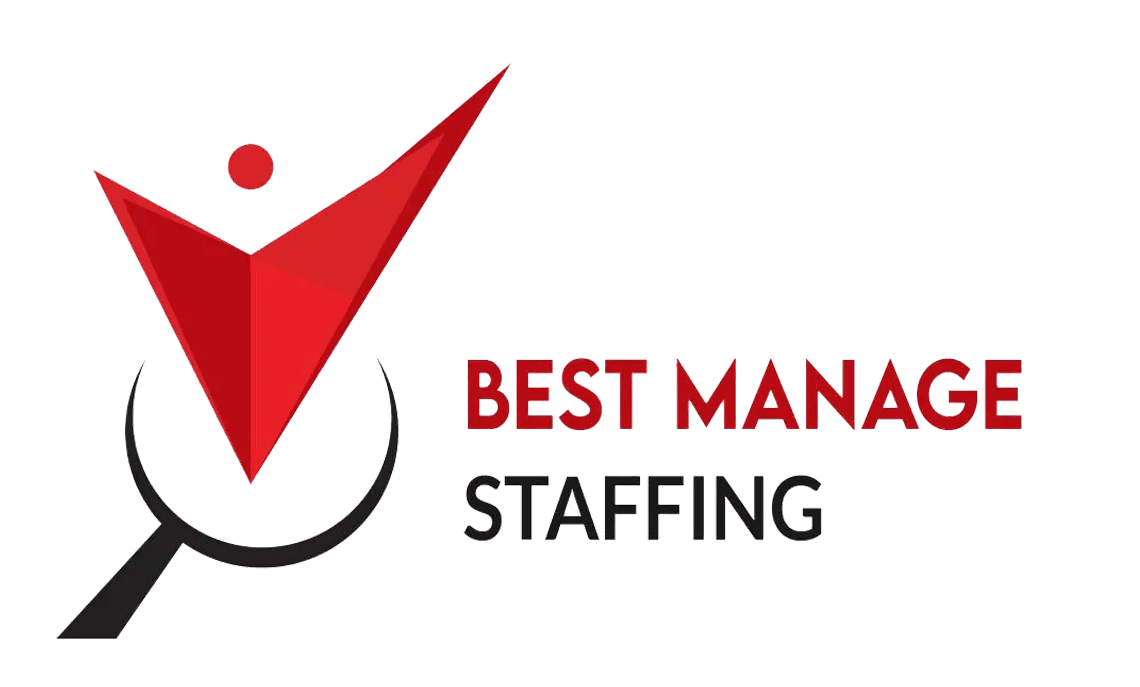Introduction
In today’s fast-paced business landscape, where innovation and adaptability are crucial, staffing for HRD (Human Resource Development) plays a pivotal role in ensuring an organization’s sustained growth and success. It involves a strategic approach to recruiting, selecting, and nurturing employees who not only possess the required skills but also align with the company’s values and goals. In this comprehensive guide, we will delve deep into the world of staffing for HRD, exploring its significance, best practices, and how it contributes to fostering a thriving work environment.
Staffing for HRD: A Foundation for Growth
Staffing for HRD is a multifaceted process that involves more than just filling vacant positions. It is about strategically aligning the right talent with the right roles, ensuring a harmonious blend of skills, experience, and cultural fit. By doing so, organizations can create a workforce that is not only productive but also motivated to learn and grow continuously.
The Role of Strategic Staffing
Strategic staffing goes beyond the traditional approach of merely finding replacements. It involves forecasting future workforce needs, identifying skill gaps, and proactively addressing these gaps through recruitment and development initiatives. This approach ensures that the organization has the right people in the right roles at the right time, thus minimizing disruptions and maximizing productivity.
Key Steps in Staffing for HRD
- Workforce Planning: Conduct a thorough analysis of the organization’s present and future needs. Identify areas where additional skills or resources are required to support growth initiatives.
- Talent Acquisition: Implement robust recruitment strategies that attract top talent. Leverage both internal and external sources to identify candidates who align with the organization’s values and goals.
- Selection Process: Develop a comprehensive selection process that evaluates not only technical skills but also cultural fit, adaptability, and potential for growth within the organization.
- Onboarding and Training: Once selected, provide a structured onboarding process that familiarizes new employees with the organization’s culture, policies, and expectations. Offer continuous training and development opportunities to foster skill enhancement.
- Performance Management: Implement a performance management system that provides regular feedback, identifies areas for improvement, and recognizes and rewards achievements.
- Succession Planning: Identify high-potential employees and create a succession plan that grooms them for leadership positions, ensuring a smooth transition when vacancies arise.
Achieving Excellence in HRD Staffing
Excellence in staffing for HRD is not a one-size-fits-all approach. It requires a deep understanding of the organization’s unique needs, goals, and challenges. By integrating staffing into the broader HRD strategy, organizations can create a workforce that is not only skilled but also aligned with the organization’s values and committed to its success.
Frequently Asked Questions
Q: What is the primary goal of staffing for HRD?
A: The primary goal of staffing for HRD is to ensure that an organization has the right people in the right roles at the right time to support its growth and success.
Q: How does strategic staffing differ from traditional staffing?
A: Strategic staffing focuses on long-term planning, skill gap analysis, and proactive recruitment to address future needs, whereas traditional staffing is more reactive and aims to fill immediate vacancies.
Q: Why is cultural fit important in staffing?
A: Cultural fit ensures that employees align with the organization’s values, norms, and work culture, leading to higher job satisfaction and better teamwork.
Q: What is the significance of succession planning in HRD staffing?
A: Succession planning identifies and prepares high-potential employees for leadership roles, ensuring a smooth transition when key positions become vacant.
Q: How can organizations foster continuous learning and growth among employees?
A: Organizations can foster continuous learning by providing regular training and development opportunities, encouraging a growth mindset, and recognizing and rewarding learning achievements.
Q: How does staffing for HRD contribute to employee retention?
A: Staffing for HRD ensures that employees are well-suited for their roles, have opportunities for skill enhancement, and are aligned with the organization’s goals—factors that contribute to higher job satisfaction and, consequently, retention.
Conclusion
In the dynamic world of business, staffing for HRD emerges as a cornerstone of organizational success. By strategically aligning the workforce with the company’s vision and needs, organizations can create a thriving environment where employees not only excel in their roles but also contribute to the organization’s growth journey. As you embark on your HRD staffing endeavors, remember that excellence lies in the thoughtful integration of talent acquisition, development, and alignment—key ingredients for a brighter future.



